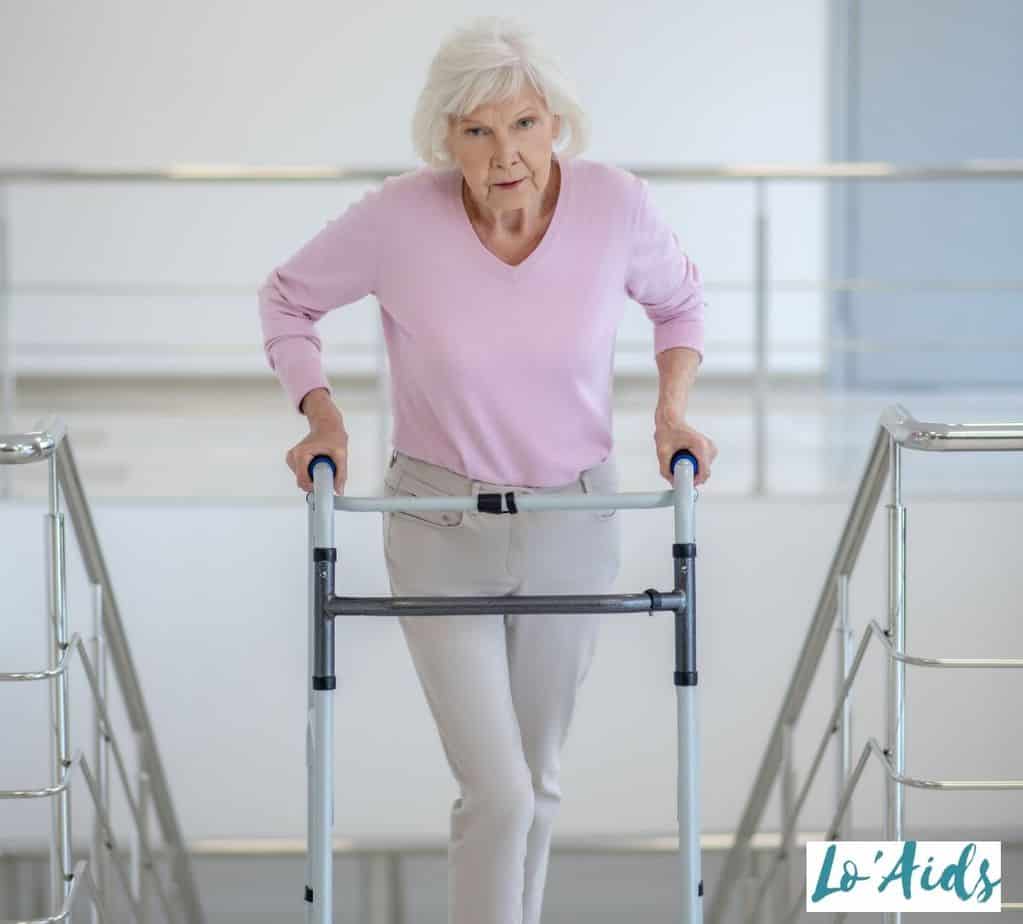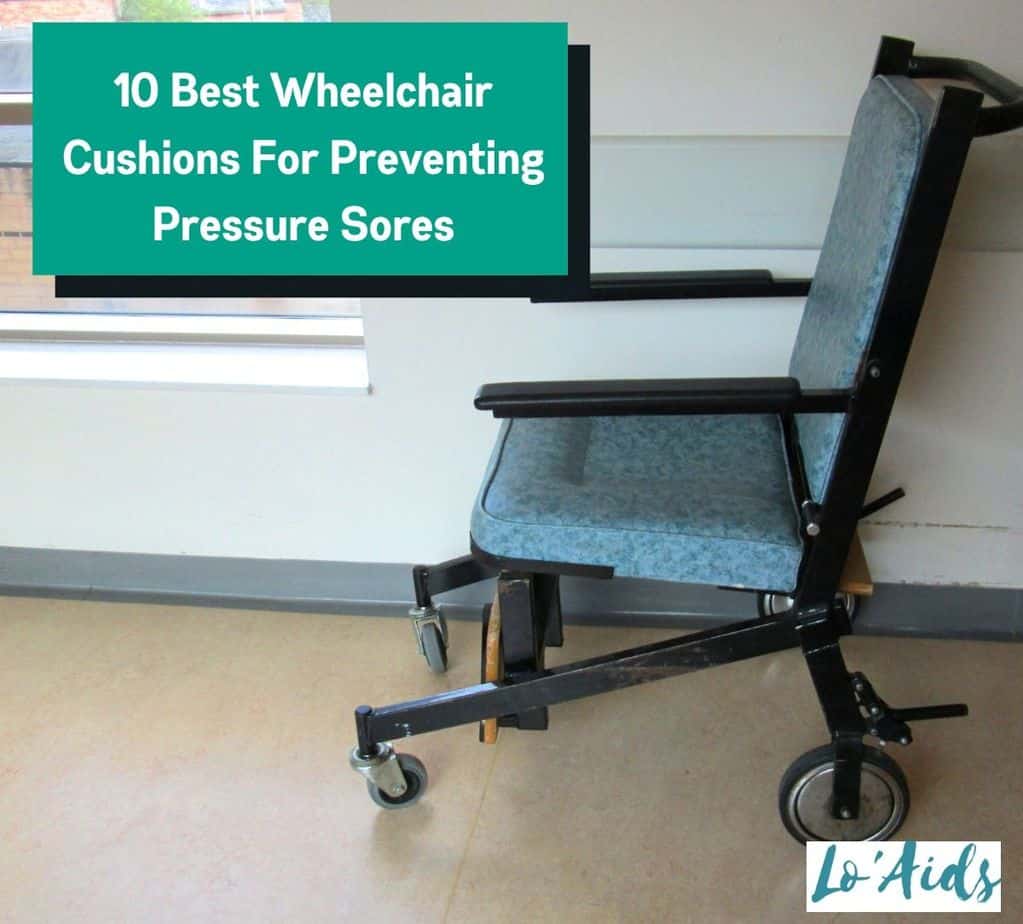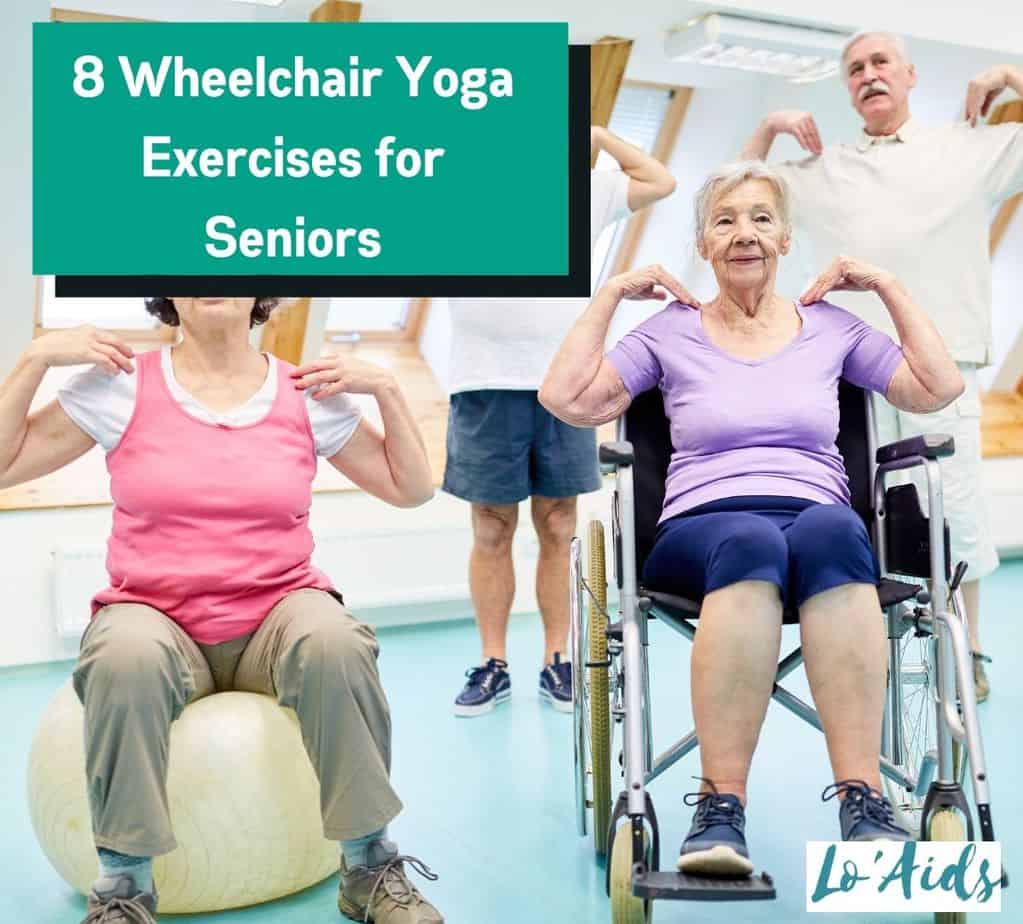If you’re thinking of buying a standard walker, you’ll need to know how to use a walker without wheels.
These walkers are best for seniors with decent balance and upper body strength.
However, knowing how to use the best upright walker for balance problems isn’t a walk in the park, as I discovered when I was helping my grandpa learn to use one.
You needn’t worry about that, though, as I’ve compiled a brief guide after speaking with my grandpa’s physical therapist and researching using walkers without wheels.
Before we dive in, here is a summary of all the activities involved.
| Standing Up With a Walker | – All four walker tips should be on the ground – Have on hand on the armrests – Stand with your stronger foot first |
| Sitting Down With a Walker | – Back up to chair till the back of the legs touch the chair – Sit down slowly with your hands on the armrests |
| Turning With a Walker | – Go round in circles until you’re facing the direction you want to go to |
| Using a Walker Without a Wheel | – Life the walker slightly – Take a step when all points touch the ground – Move your weaker foot first |
Table of Contents
Using A Walker Without Wheels: How to Stand Up Safely
The first step in correctly learning how to properly use a walker without wheels is to know how to stand up with the help of the walker. Here is how to stand up with a walker:
1. Shift to the edge of the chair and gently rest one of your hands on one of the walker’s handles. Shifting to the edge gives you some momentum to help you get up with the walker.
2. Stride your stronger or dominant leg backward and put one hand on the chair armrest or the edge of the seat.
3. Use your leg to push up, place the other hand on the other handle of the upright walker, and stand up.
4. Move your weaker foot forward, allowing your hands to grip the walker’s handles. Your foot’s momentum pushes you up to enable you to get the other hand on the free handle and stand up.
Watch this video of Dr. Jo’s explanation to get a clearer understanding.
The video uses 2-wheel walkers, but the concept is the same for basic mobility walkers without wheels.
How To Sit Down Safely When Using a Walker Without Wheels
Standing up from your chair with walker frames without wheels can’t happen unless you already know how to sit down.
To safely sit down in a chair, follow the below steps:
1. Slowly back up to the chair until you feel the back of your knees touch the edge of the chair.
2. Slowly extend your weaker or less dominant leg out
3. Take your hands off the walker and position them behind you.
4. Bend your strong leg while feeling the chair’s armrests, then sit down.
Please look at this video to see a straightforward way to do it.
As you can see, seniors with balance issues should ideally have a chair with armrests to make it easier for them.
How To Use a Walker Without Wheels to turn Safely
The additional stability a walker offers still requires you to know how to navigate corners and turn safely (1).
Here’s how to do that:
- Walk in circles with the walker until you’re in your desired direction. Ensure you take only tiny steps through the turning process.
And that’s how you make a turn with a walker without wheels.
CHECK: How to Use a Walker on Stairs Without Railing
How To Walk With A Walker Without a Wheel

Once you’ve mastered standing from and sitting in a chair, you’ll be ready to start walking shorter distances.
However, even the shortest distance could be problematic for seniors struggling with mobility. So it’s best to take your time.
Here’s how to walk with a walker without a wheel.
1. Lift the walker and move it a few centimeters
2. Once each of the points is touching the ground, take the first step
3. Start moving with your weakest foot first
4. Complete the movement with the stronger, more dominant foot.
And that’s how you’ll master walking with a walker without a wheel.
Are There Any Disadvantages of Using Walker Without Wheels?
It is important to note that using walkers without wheels does have some disadvantages, such as dealing with uneven terrains and if your upper body strength is weak.
However, walkers without wheels offer a bit of stability but are that all they can offer? To learn more, check out Does using walker help with back pain?
Now back to the question above.
According to this research, walkers without wheels are only perfect for shorter distances (2). Wheeled walkers, on the other hand, cover longer distances effortlessly.
Here are some more disadvantages of walkers without wheels.
1. Uneven Terrains

Walkers without wheels struggle to move on rough terrains. Walkers with wheels can easily slide over uneven surfaces.
2. They Need a Considerable Amount of Upper Body Strength
An older person needs to be quite strong to use an adult walker without wheels. Such walkers need you to lift them as you move, and not many seniors have the strength, even with a correctly fit adjustable walker.
3. They Are Not Easily Maneuverable
Wheeled walkers have wheeled frames that make them relatively easy to maneuver for both longer and shorter distances. Walkers without wheels can’t offer that comfort.
4. Wheels Without Walkers Have Fewer Accessories
Another point for rollators in the wheels versus walkers debate is the sheer number of accessories available for wheeled walkers.

Some wheeled walkers even come with a padded seat and push-button mechanisms that make them easier to use.
So the thing is not are rollator walkers safe for elderly while it’s offering more accessories.
Check out this video to know where to buy a walker.
FAQs
Who Should Not Use a Wheeled Walker?
A rollator walker wouldn’t be a good idea for someone who needs it to bear their weight. Such walkers are not good at carrying a user’s weight.
Which is Better, Walker with Wheels or Without?
A wheeled walker is better than one without since it’s easier to maneuver. It also has more advantages over the basic non-wheeled frame type of walker.
Conclusion
With the steps I have outlined in this article, I hope you now understand how to use a walker without wheels.
Walkers are an excellent balance assistance device for most of the adult population struggling to support their body weight.

However, get a rollator walker if you want the best adult walker. What selection criteria do you think should apply to standard walkers and those with all the extras? Please share with us in the comments.
Resources
- 1. Using a walker: MedlinePlus Medical Encyclopedia [Internet]. Medlineplus.gov. 2019. Available from: https://medlineplus.gov/ency/patientinstructions/000342.htm
- 2. Li KX, Farrah K. Walkers with Wheels Versus Walkers Without Wheels for Fall Prevention in Older Adults: A Review of the Comparative Clinical Effectiveness [Internet]. PubMed. Ottawa (ON): Canadian Agency for Drugs and Technologies in Health; 2019. Available from: https://www.ncbi.nlm.nih.gov/books/NBK546714/





